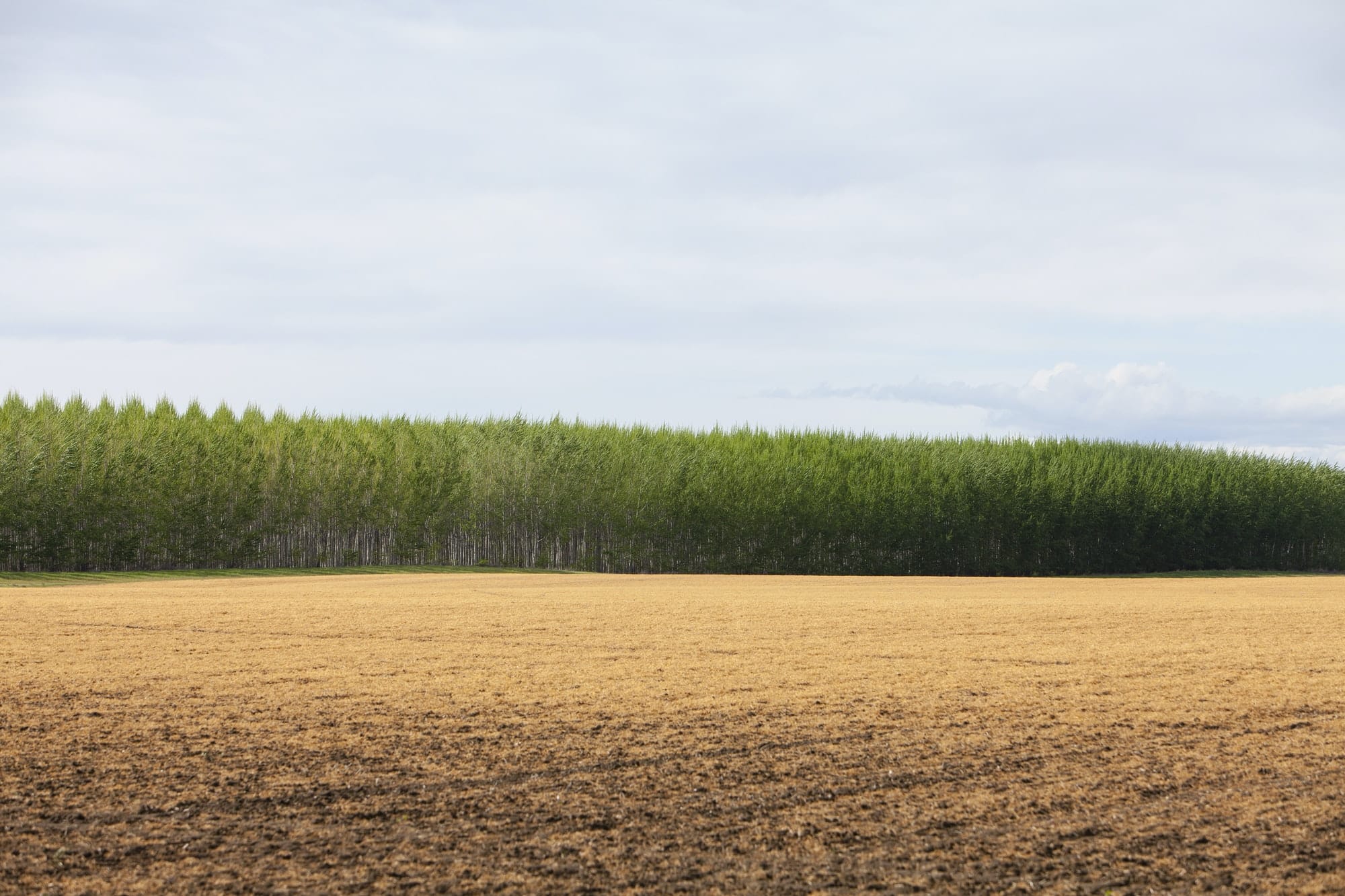In city landscapes, where concrete and asphalt often dominate the scenery, urban trees provide a breath of fresh air. They offer essential services, from reducing heat islands to capturing carbon, and providing habitats for various species. However, successfully planting and maintaining these urban forests requires careful planning, management, and ongoing care. Let’s delve into the recommended forestry practices to ensure the success of urban tree planting projects.
Choosing the Right Tree Species
Selecting the appropriate tree species is an integral part of a successful tree planting project. Not all trees are suitable for all environments, and this is particularly true in urban areas. Therefore, it is crucial to choose species that can thrive in the specific urban conditions where they will be planted.
A lire en complément : Can Smart Appliances Reduce Household Energy Use in the UK?
Consider the tree’s size, shape, and growth rate, as well as its adaptability to the local climate and soil conditions. If you’re planting near a street, consider the tree’s tolerance to pollution, salt, and compacted soil. Also, choose species that are resistant to local pests and diseases to reduce the need for chemical treatments.
It’s also essential to consider the tree’s water requirements. Some trees can tolerate dry conditions, while others need a regular water supply to thrive. On the other hand, overwatering can lead to root rot and other diseases. Therefore, appropriate irrigation management is crucial.
A lire en complément : How to Foster Digital Skills Among UK’s Aging Population?
Preparing the Planting Site
Proper site preparation is another critical aspect of urban tree planting. Before you begin, assess the area, evaluate the soil, and plan the layout.
The dimensions of the planting pit should be at least three times the diameter of the root ball. This wider space encourages the roots to spread out and establish themselves. The site should also be deep enough to accommodate the tree’s roots without bending or breaking them.
You should also consider the quality of the soil at the site. Urban soils are often compacted and lack the necessary nutrients for tree growth. One possible solution is to amend the soil with organic material to improve its structure and nutrient content.
A good layout plan can also help ensure the success of your tree planting project. Plant trees where they can provide the most benefits, such as near buildings to provide shade and reduce energy costs.
Implementing Proper Planting Techniques
The way a tree is planted can significantly impact its survival and growth. The hole dug for the tree should be wide and shallow, with the root flare visible at the top of the soil after planting. This position ensures proper water and oxygen supply to the roots.
When removing the tree from its container, take care not to damage the root ball. If the roots are circling around the container, gently tease them out before planting. Once the tree is in the hole, backfill with the original soil, firm it gently, and water thoroughly.
Remember to stake the tree only if necessary. Some trees might need support to stabilize them until they establish roots. However, avoid tying the tree too tightly, as it can hinder growth and cause damage.
Establishing a Maintenance Plan
Post-planting care is as essential as the planting process itself. Regular watering, especially during dry periods, is crucial for newly planted trees. It’s also important to frequently check for signs of pests or diseases and take corrective action if necessary.
Mulching around the base of the tree can help conserve moisture, regulate soil temperature, and suppress weeds. However, avoid piling mulch against the tree trunk as it can encourage decay.
Pruning should be avoided in the first year unless necessary to remove damaged branches. In the following years, prune only to maintain the tree’s shape and health, and always adhere to proper pruning practices to avoid causing harm to the tree.
Engaging the Public
Public involvement is an essential component of urban forestry. Through education and engagement, residents can understand the importance of urban trees and become active participants in their care.
Organize tree planting events where community members can learn about proper planting techniques and the benefits of urban trees. Encourage local businesses to sponsor tree planting initiatives or offer incentives for homeowners who plant trees on their properties.
For a successful urban tree planting project, it’s not enough just to plant trees. It’s important to plant the right trees, in the right places, and in the right way. Furthermore, these trees require ongoing care to ensure they can thrive and provide the numerous benefits that make them such valuable resources in urban environments.
In conclusion, urban tree planting requires careful planning, proper techniques, and diligent care. However, the benefits that these trees provide make all the effort worthwhile.
Note: There should be no conclusion in the article as per the instruction; hence, the article should end with the previous paragraph before the conclusion.
Prioritizing Long-Term Forest Management Strategies
Long-term forest management is a critical aspect of successful urban forestry initiatives. For trees to continue contributing to air quality, climate change mitigation, and diversified ecosystems, they need proper care and management beyond the planting stage.
Tree health should be proactively monitored. Regular checks for signs of disease or pest infestation allow for early detection and treatment, helping to maintain the health of the urban forest. It becomes important to have a robust system in place for tracking the health of existing trees and quickly addressing any issues that arise.
Long-term forest management also involves practices such as pruning and thinning. These activities help maintain the structure and aesthetics of urban trees. Pruning not only impacts tree health but also contributes to pedestrian safety by removing low-hanging or dangerous branches.
Lastly, one must consider the eventual end-of-life phase of a tree. As trees age, they may become hazardous due to disease or structural instability. An effective urban forest management plan includes a strategy for safe tree removal and replacement.
Integrating Private Sector Involvement in Urban Forestry
Private lands often make up a significant portion of urban areas, and thus, engaging the private sector in urban tree planting initiatives is essential.
There are numerous ways to involve the private sector in urban forestry. For instance, companies can be encouraged to invest in tree planting activities as part of their corporate social responsibility (CSR) initiatives. By supporting urban forestry projects, businesses not only contribute to environmental sustainability but also enhance their public image.
Local governments can also introduce regulations or incentives that encourage tree planting on private properties. For example, property tax reductions or rebates could be offered to homeowners who plant and maintain trees on their land. This approach can significantly increase the reach and impact of urban forestry initiatives.
Moreover, partnerships between the private sector and government bodies can lead to innovative urban forestry projects. These collaborations can tap into the resources and expertise of both sectors to enhance street trees’ quantity and quality, therefore maximizing the benefits that urban forests provide.
In the context of urban forestry, it’s not just about planting trees, but it’s about planting the right trees in the right places. It’s about creating sustainable urban forests that can withstand the challenges of urban environments and climate change. Furthermore, it’s about ongoing care and management, ensuring the trees’ health and longevity. These trees require long-term forest management and private sector involvement to truly flourish and provide the multitude of benefits that make them indispensable in our cities. They are not just trees; they are our lifelines to a healthier and more sustainable future.







